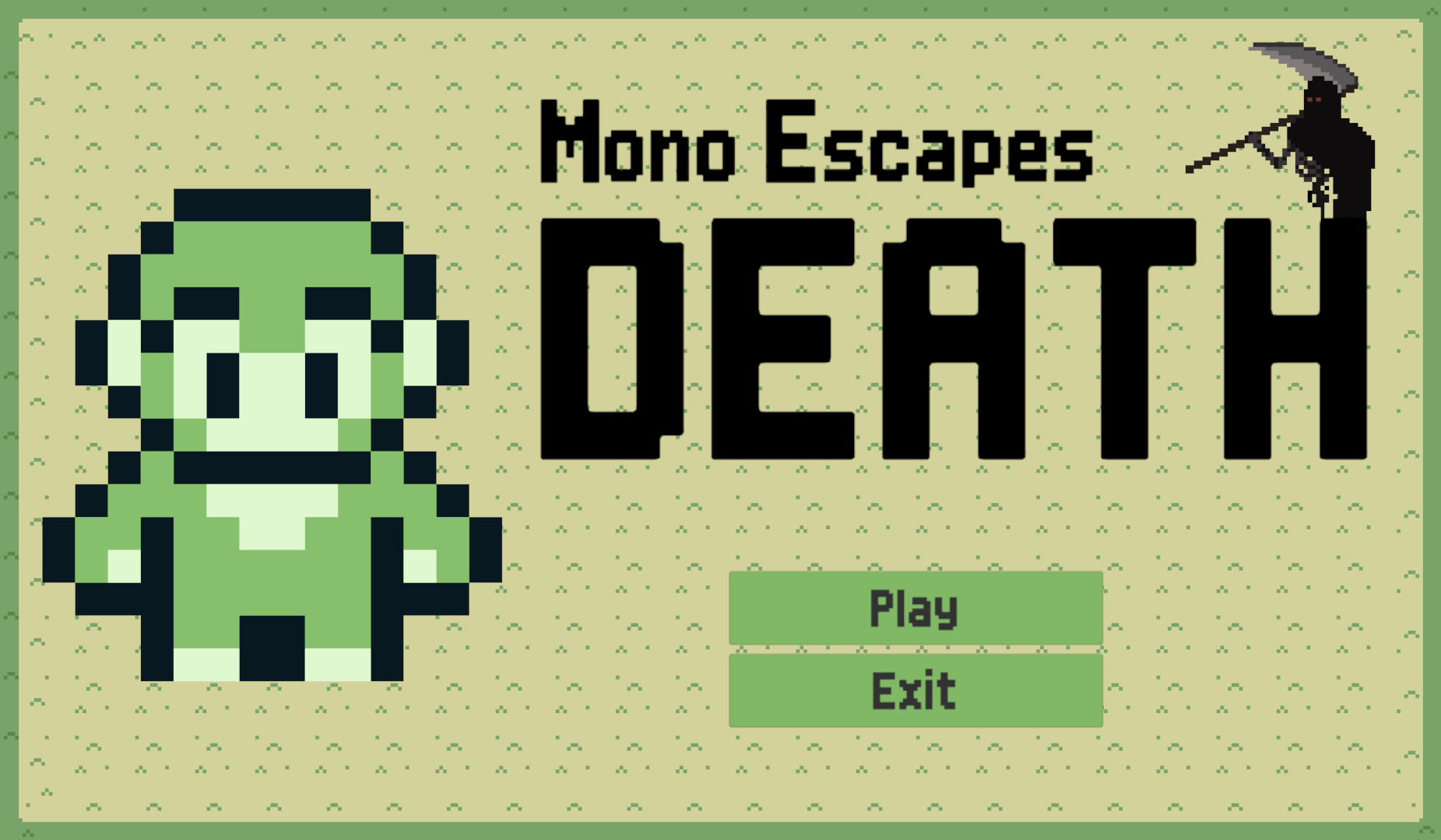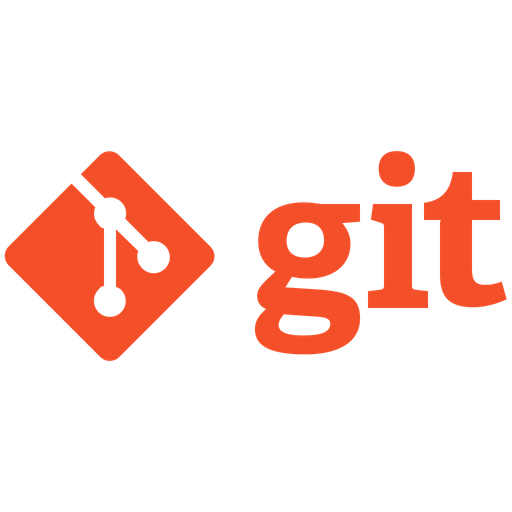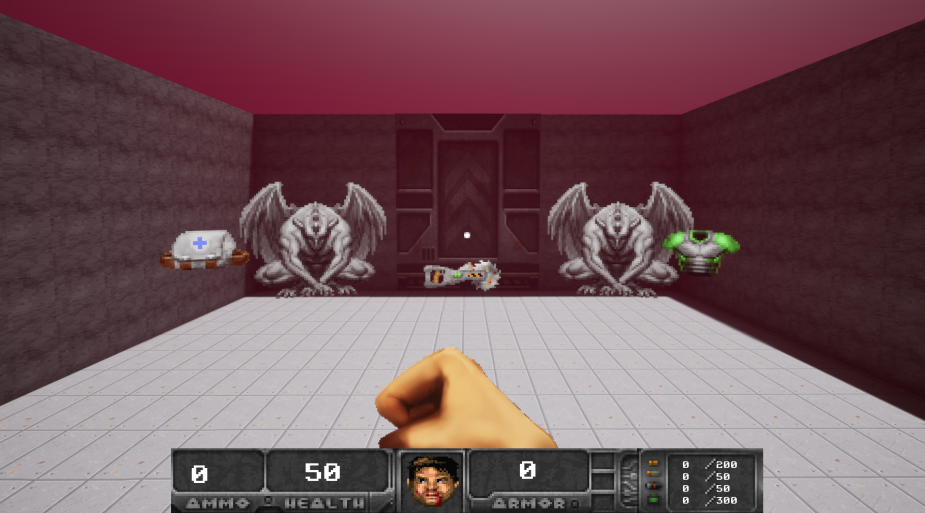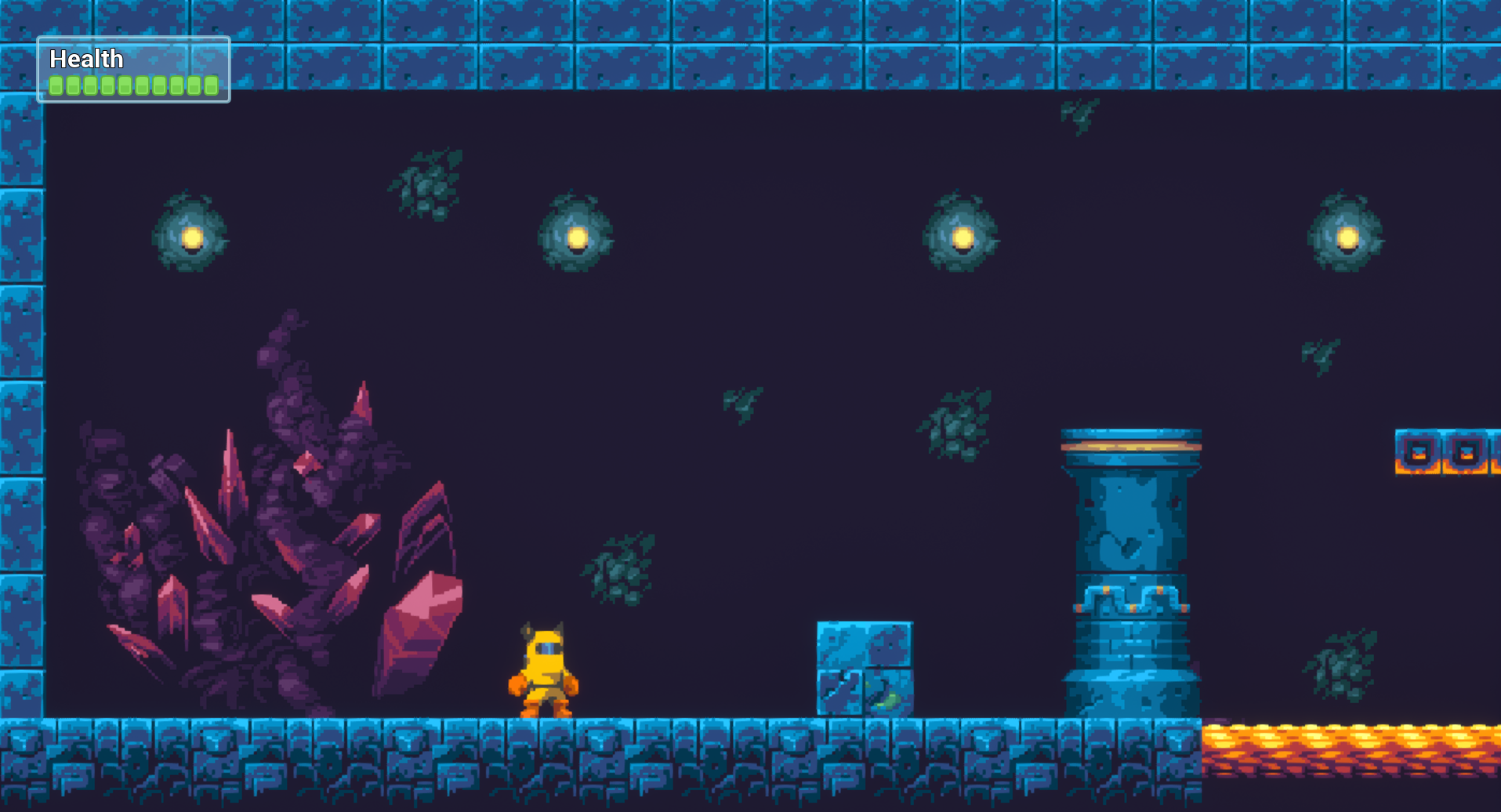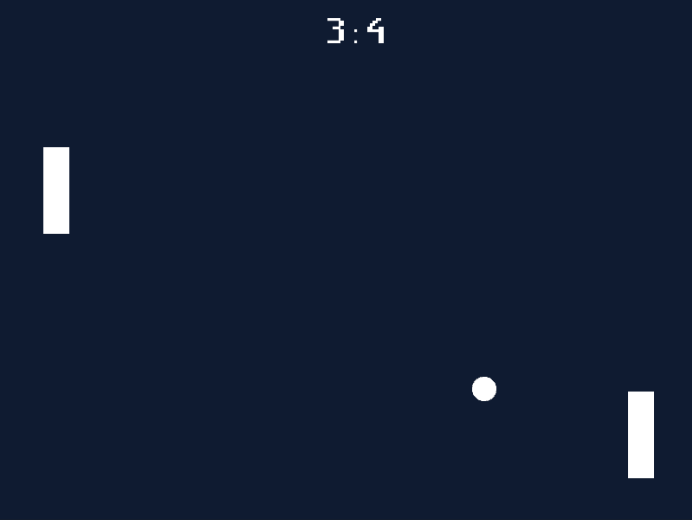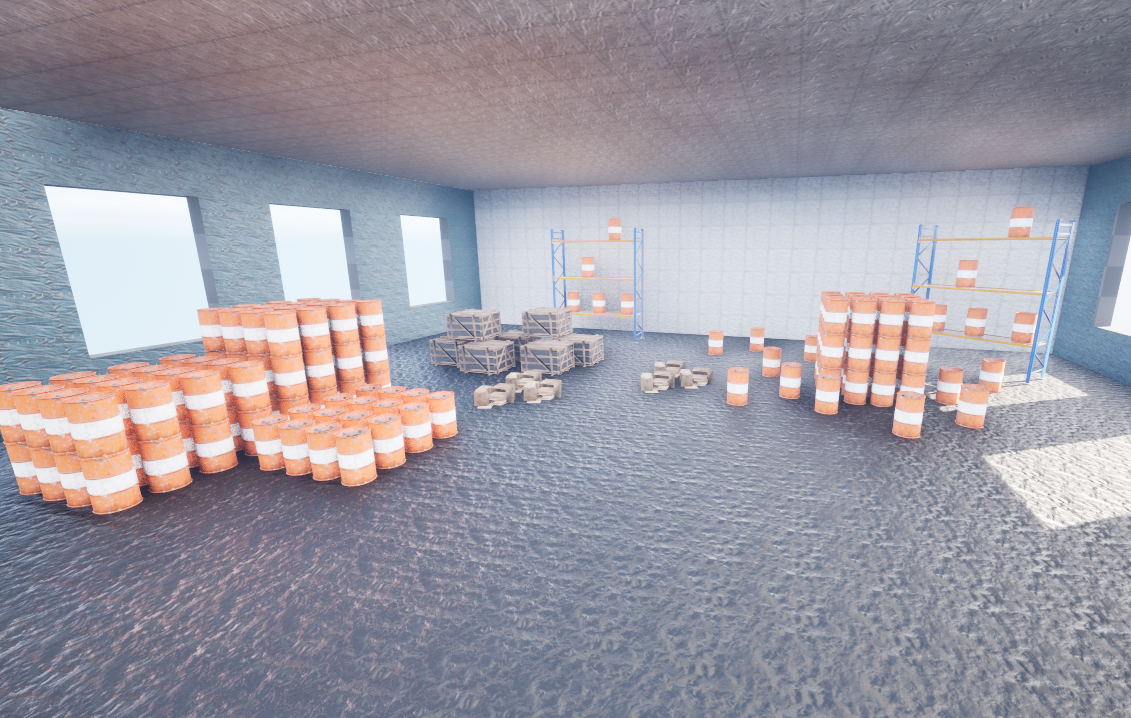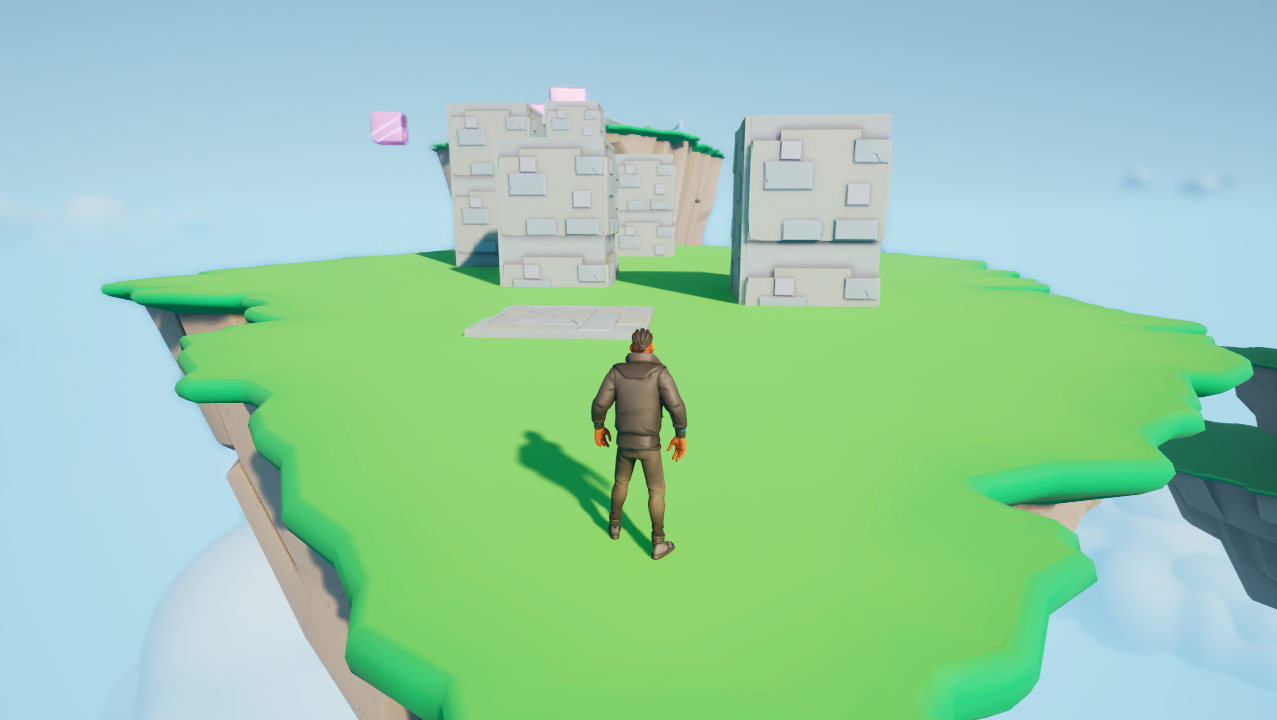
My name is Maxim Petrov and I am a game designer and programmer with experience in both software engineering and game development. I have worked on a variety of projects, ranging from professional software engineering/research roles to personal game development projects, each of which has shaped my skills and love for creating interactive experiences. You can find a list of all my projects below!
If you'd like to get in touch you can contact me through the links in the top right corner of the page. You’ll also find my resume there for your reference.
Thank you for visiting, and I hope you enjoy exploring my work!
